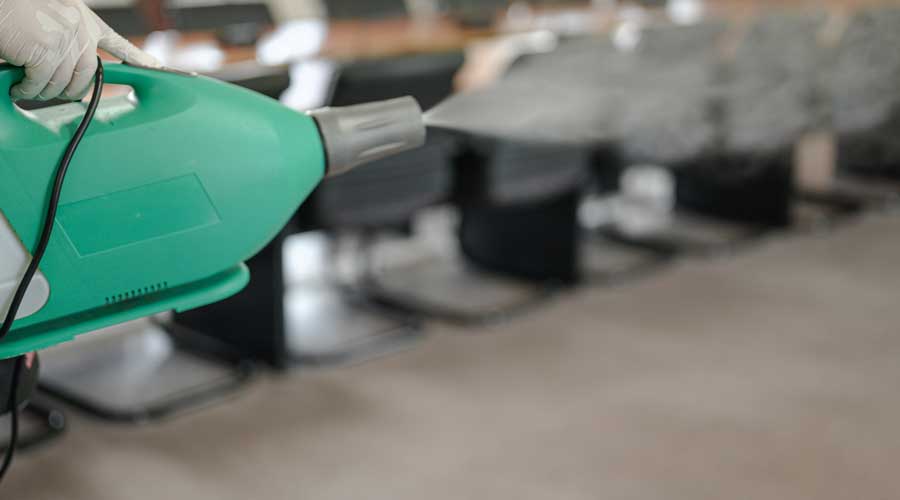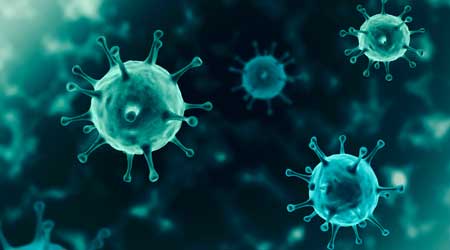
How Should HVAC Systems Respond to Airborne Coronavirus?
July 16, 2020
Facility managers updating practices and procedures in institutional and commercial facilities in response to the coronavirus pandemic and the impending reopening of facilities have understandably focused attention on sanitizing surfaces. From cleaning chemicals to hand sanitizers and antimicrobial coatings, they have devoted time, energy and funds to preventing the spread of the coronavirus via surface transmission. Evidence is emerging, however, that they might want to rethink their priorities, especially related to ventilation system operation.
Frightening clusters of coronavirus infections increasingly confirm what many scientists have been saying for months: The virus lingers in the air indoors, infecting those nearby, according to The New York Times. If airborne transmission is a significant factor in the pandemic, especially in crowded spaces with poor ventilation, the consequences for containment will be significant.
Ventilation systems in schools, nursing homes and other facilities might need to minimize recirculating air and add powerful new filters. Ultraviolet lights might be needed to kill viral particles floating in tiny droplets indoors. Masks might be needed indoors, even in socially distant settings. Health care workers may need N95 masks that filter out even the smallest respiratory droplets as they care for coronavirus patients.
The World Health Organization (WHO) has long held that the coronavirus is spread primarily by large respiratory droplets that, once expelled by infected people in coughs and sneezes, fall quickly to the floor. In an open letter to the WHO, 239 scientists in 32 countries have outlined the evidence showing that smaller particles can infect people, and thy are calling for the agency to revise its recommendations.
Dan Hounsell is editor of Facility Maintenance Decisions.
Next
Read next on FacilitiesNet












